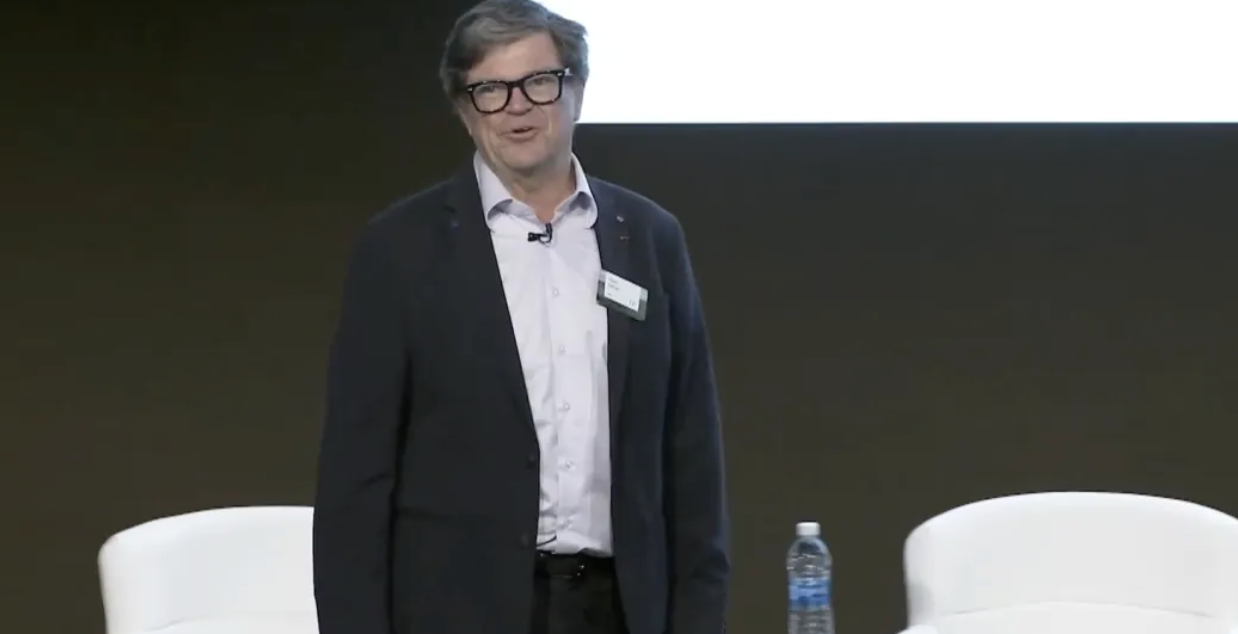
In a recent in-depth public talk, Yann LeCun, Chief AI Scientist at Meta, made a bold statement: pure language models will never achieve human-level intelligence. While prominent figures like Elon Musk and the CEO of Anthropic are forecasting AGI (Artificial General Intelligence) within the next couple of years, LeCun called these predictions unrealistic and premature.
The Current Limitations of AI
LeCun emphasized that for AI systems to reason, plan, and truly understand the physical world, it will take several more years, if not decades. He made it clear that the current approach of training models purely on language data is insufficient. Meta itself, he revealed, has largely abandoned this method, acknowledging that intelligence akin to humans cannot be achieved through text training alone.
Instead, LeCun discussed the limitations of large models, the importance of goal-driven AI architectures, and the need to incorporate world models for reasoning and planning. He stressed the critical role of open-source AI in fostering diverse and safe systems that can be refined globally.
The Need for a New Approach: Beyond Language Models
During the talk, LeCun outlined his vision for the future of AI, which diverges sharply from the trajectory most language model developers are pursuing. According to him, systems need to learn from and interact with the physical world—whether by observing videos or engaging in real-world experiences—to grasp common sense and physics. He made a striking comparison: even a household pet like a cat possesses a mental model of the world far more sophisticated than current AI models.
To achieve human-level AI, LeCun believes we must build systems with persistent memory, capable of complex action planning, and inherently safe and controllable. None of these capabilities can be achieved through text training alone. As an alternative, he advocates for goal-driven AI systems—ones that learn by observing and interacting with their environment, much like humans do.
A Break from Tradition: Target-Driven AI
LeCun proposed a move away from the common pillars of machine learning, including language models, reinforcement learning, and even generative models like GANs (Generative Adversarial Networks). Instead, he promoted "Joint Embedding Predictive Architectures" (JEPA), which focus on learning abstract representations of the world rather than merely predicting pixels or tokens. These new architectures, he suggests, will allow AI systems to process real-world knowledge more effectively and plan actions with greater foresight.
His approach hinges on the idea of hierarchical planning, similar to how humans organize complex tasks, like planning a trip. Instead of micromanaging every detail at every step, we focus on high-level goals and then refine them with more detailed actions as needed. This form of layered reasoning is what LeCun believes will be key to unlocking advanced AI.
The Road Ahead: Superintelligence and Control
Despite the challenges, LeCun is optimistic about the long-term prospects of AI. He believes that machines will eventually surpass human intelligence, but they will remain under human control because they will be driven by the goals we set. These AI systems, once developed, will serve as virtual assistants for everyone, enriching human creativity and productivity, and will be as integral to our lives as the internet.
However, LeCun acknowledged that the path to achieving this vision will be neither easy nor quick. It will likely be a gradual, evolutionary process rather than an overnight breakthrough.
Conclusion
LeCun’s message is clear: the road to AGI will take far more than language models. AI needs to learn how the world works, develop reasoning skills, and be built with safety in mind. The journey toward human-level AI is still long, but with new architectures and open collaboration, we might just get there.